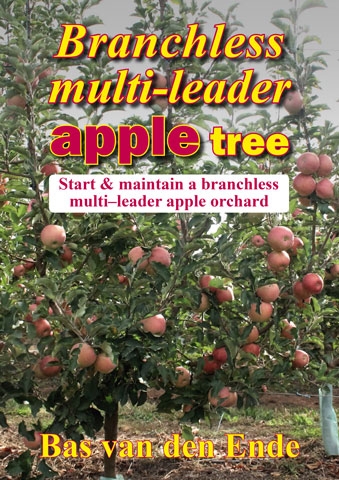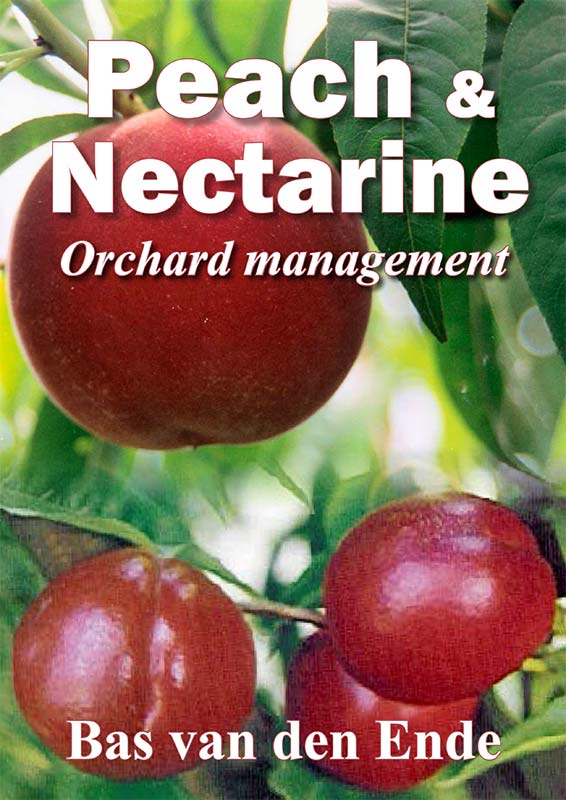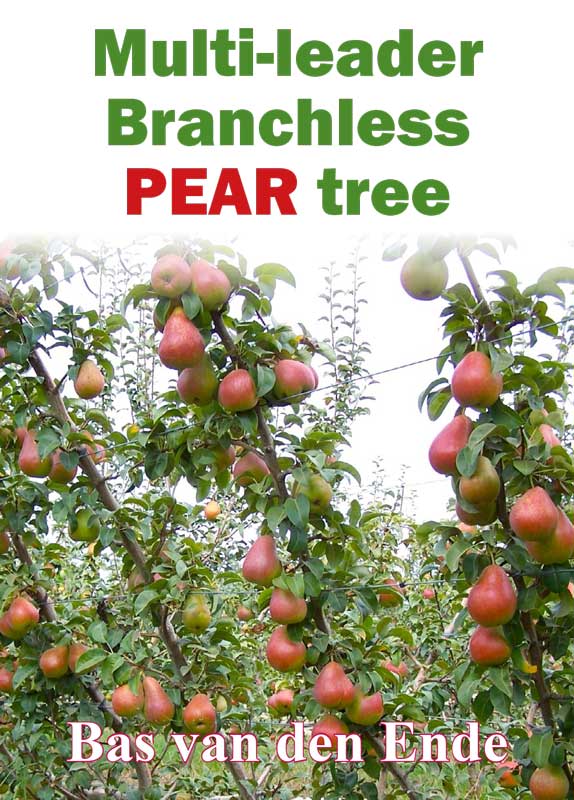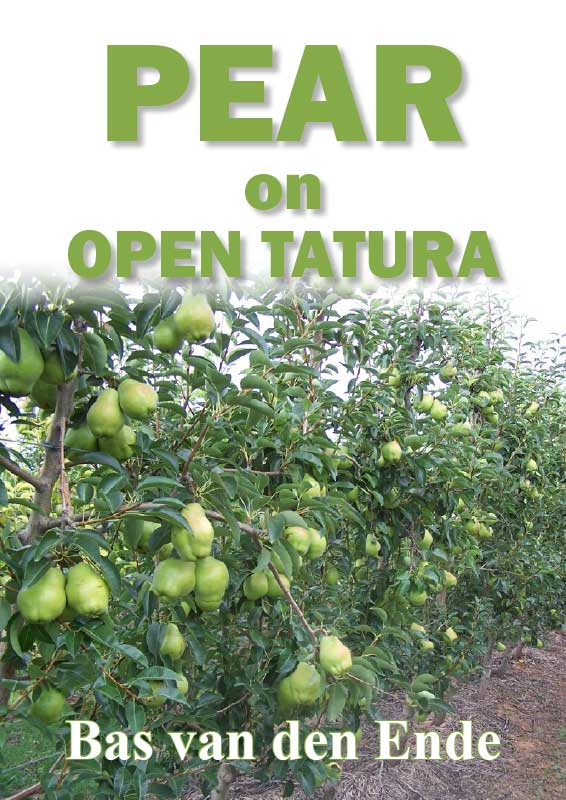The transport of cherries to the packinghouse should take place immediately after harvest and cooled to between 0C and 4C.
Transport to the packinghouse (cont from last issue)
The transport of cherries to the packinghouse should take place immediately after harvest and cooled to between 0C and 4C (precooling) within four hours after being harvested, and 0°C to 1°C during storage and transit.
Temperature
Temperature dramatically affects respiration rate.
Since cherries do not have starch or other carbohydrates to provide the energy for respiration, they use sugars and acids. Thus, as the respiration rate rises, the sugars and acids are reduced and bland flavour results.
Water loss and fruit firmness
Crisp cherries are more desirable than soft cherries.
Cherry firmness is due to the amount of water within the fruit. It is important to understand the physics behind water loss, since cherries can lose great amounts of water and then lose turgor and firmness.
Water moves out of the cherry at a rate based on the difference in temperature and humidity inside the cherry and in the orchard.
The major driving force that pulls water from the cherry to the surrounding air is the vapour pressure difference between the essentially saturated internal atmosphere of the cherry and the less saturated atmosphere of the surrounding air.
The vapour pressure inside the cherry is directly related to fruit temperature, but is increased exponentially, rather than linearly, with temperature.
Vapour pressure outside the skin depends on the temperature and relative humidity of the air surrounding the cherry.
In the orchard, the temperature of the cherries are essentially the same as the ambient temperature, unless the harvested cherries are exposed to the sun.
The vapour pressure of the surrounding air, which may have a relative humidity as low as 30% during the cherry season, is proportionally lower.
For example, when the surrounding air is 27C and the relative humidity is 40%, the vapour pressure is 0.2 psi. Inside the cherry the temperature is also 27C, but the relative humidity is 100%, resulting in a vapour pressure of 0.5 psi. The water will move from the higher pressure to the lower one.
Thus the vapour pressure deficit is 0.3 (0.5 – 0.2) and water will move from the cherry to the air. This results in soft, dehydrated cherries.
After cherries are cooled to about 1C, its vapour pressure is reduced to 0.1 psi, and that of the surrounding air at 1C and 90% relative humidity is 0.09 psi, the vapour pressure deficit is then only 0.01 psi. Thus, under cooled conditions, the vapour pressure deficit is 30 times smaller than in the field.
Letting the cherries sit in the orchard for only one hour under the high temperatures that can prevail during cherry harvest in Australia, can cause it to lose more water than during one day in a box at 1C.
It is therefore obvious that reducing temperature and raising humidity are very important and should be done quickly. Packing sheds are equipped to perform these tasks more effectively than growers can.
Types of damage (cont next issue)
See this article in Tree Fruit Feb 2020





















